T-72M / M1 tanks were handed over to Ukraine: what the armor of these old men consists of and what it is capable of
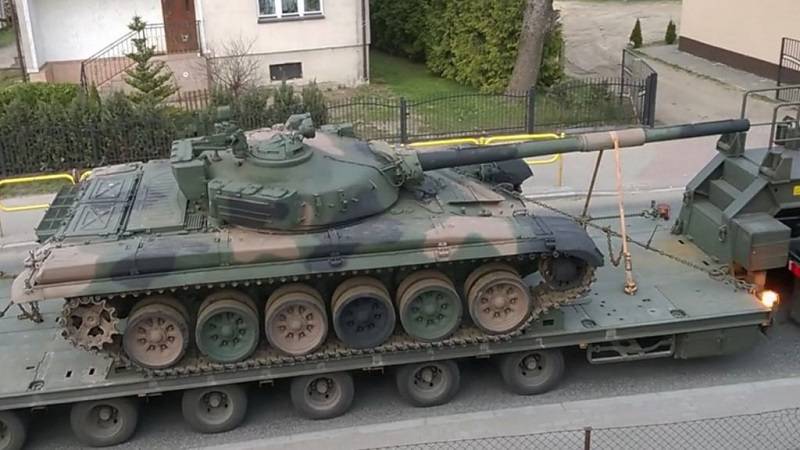
With the start of a special military operation, the Western allies began a full-scale supply of Ukraine with various types of old and new weapons. The range of deliveries is quite wide and literally includes a lot: from a cartridge to a rocket.
Tanks appear as a separate line in the list of European military support. For example, they did not dare to transfer modern Leopards-2, but they nevertheless organized a present in the form of hundreds of rather outdated T-72M / M1. In this article, we will look at what the armor of these combat vehicles consists of and how it works.
Export tanks
Now the T-72 is often compared to the Kalashnikov assault rifle. Some praise it for its reliability, while others note the wide geography of its use, comparable to the products of the legendary Soviet gunsmith. Indeed, the “seventy-two” has been noted in most of the military conflicts of recent decades in different parts of the globe.
It is often possible to come across the opinion that the former Soviet republics contributed to such a wide distribution of the tank, which took advantage of the tank fleet left in the inheritance for financial interests. This is partly true, but the Soviet Union itself was the most important exporter of the car. Indeed, the Ural Carriage Works and the Chelyabinsk Tractor Plant, which produced the T-72, worked not only for the domestic consumer, but also supplied equipment to friendly states. At the same time, the demand for this product of the defense industry turned out to be so high that at the end of the 70s the USSR began preparations for the transfer of technologies and documentation for production abroad - to Poland and Czechoslovakia.
In Czechoslovakia, the production of tanks was launched in 1981, but in Poland a little later - in 1982. However, the choice that the enterprises of these countries could offer consisted mainly of T-72M and T-72M1, which already in the first half of 80- years gradually began to become obsolete and lose relevance.
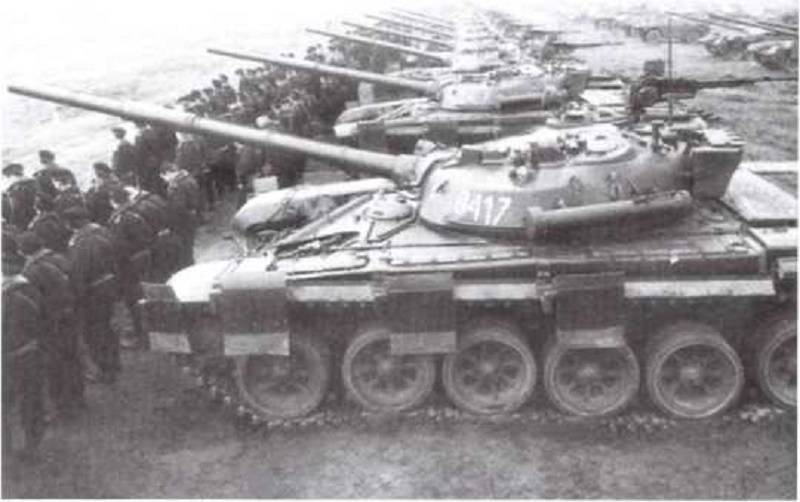
In less than a decade, the Czechs and Poles were able to produce and transfer 549 T-72 units to the National People's Army (NPA) of the GDR. Another 138 and 334 pieces went to Hungary and Bulgaria, respectively. In addition, about 1 tanks were also transferred to the countries of the Near and Middle East. What can we say about the manufacturers themselves, by 700 Czechoslovakia had 1991 T-897s, as well as modifications of the T-72M / M72, and Poland had 1 units. Countries managed to partially preserve this arsenal. And today he found a combat use.
Armor protection
One of the definitions of the concept of "main battle tank" says that this vehicle must perform a wide range of combat missions in the conditions of the most dense fire impact from various anti-tank weapons from the enemy. Therefore, armor, along with firepower and mobility, is a fundamental factor in the combat effectiveness of a tank.
Considering that the reservation of tanks received by Ukraine dates back to the end of the 70s of the last century, it will be very interesting to consider its relevance and principles of operation. However, it makes no sense to analyze the entire structure of the hull and turret, since the main array of combined armor is located only in the frontal parts.
Tower
As you know, already in the 50s, the pace of development of anti-tank weapons - cumulative and sub-caliber shells - began to alarm tank builders around the world. A rather unpleasant trend was emerging, which ultimately led to the fact that solid steel armor became simply irrelevant, since in order to protect the tank from shells with a penetration capacity of 300–500 mm, it was necessary to increase the arrays of steel armor to the appropriate values, and this inevitably led would lead to an exorbitant and unacceptable increase in the mass of the machine.
In the Soviet Union, this problem was carefully considered and the world's first production tank with combined armor, the T-64, was released. At the heart of its frontal hull armor was armored fiberglass with rear and outer steel sheets. In the tower, after experiments with inserts made of high-hard steel and aluminum, starting from the later series of T-64A, they began to install corundum (ceramic) balls. Both textolite and corundum had a very low density, which made it possible to keep the mass of the tank within reasonable limits and give it a satisfactory level of protection. Similar, but not quite, was also used in the T-72 tanks.
In the turret of the T-72M tank, combined armor protection was not used, so it consists entirely of cast steel armor up to 410 mm thick. Accordingly, it gives this level of protection against cumulative projectiles. As for the feathered armor-piercing sub-caliber projectiles, the situation is not so clear-cut. Due to the knocking out of the "plug" in the final section of penetration, as well as the differing processes of armor penetration in cores made of different alloys, in general, resistance can be determined in the region of 380 mm and higher, which is also indicated in the calculations of the Research Institute of Steel in open sources.
In order to increase protection against cumulative projectiles, inserts made of sand bonded with silicate material, popularly called "sand rods", were used in the turrets of the T-72M1 tanks. In fact, this was a cheap, but also less effective alternative to corundum sixty-four balls.
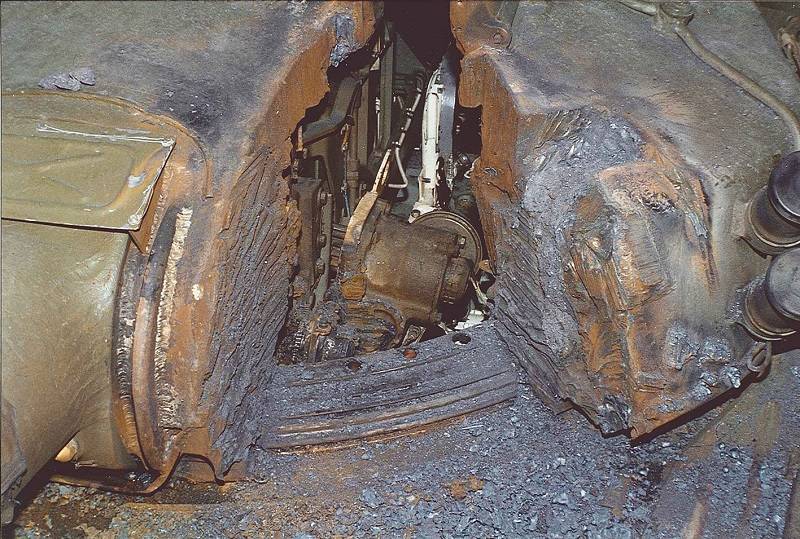
The work of the "sandy" armor was as follows. At that moment, when the cumulative jet is just beginning to penetrate the sand, a powerful shock wave is formed in it, forcing it to compress. As soon as the jet moves deeper, the shock wave behind it weakens and the sand, releasing the accumulated compression energy, falls on it, forming a kind of "blockage". This leads to a break in the jet and a decrease in its penetration ability. Of course, this principle does not apply in any way to sandbags that are used to hang equipment. In the armor of the tank, this material is located in a closed space and has a significant hardness due to the bonding composition, which allows it to exhibit the above properties.
The modernization made it possible to increase the resistance of the forehead of the T-72M1 turret to HEAT rounds to 490–500 mm. However, this had practically no effect on the resistance from "sub-calibers", and it remained within the same limits as on the T-72M.
Chassis
In the upper frontal part of the T-72M tank hull, a combined armor in the form of a “layer cake” was used, consisting of a 60-mm steel outer sheet, two sheets of armored fiberglass with a total thickness of 105 mm and a 50-mm rear steel sheet. And if everything is clear with steel, then how does textolite work? By itself, it cannot provide any protection, but in combination with metal armor, it does.
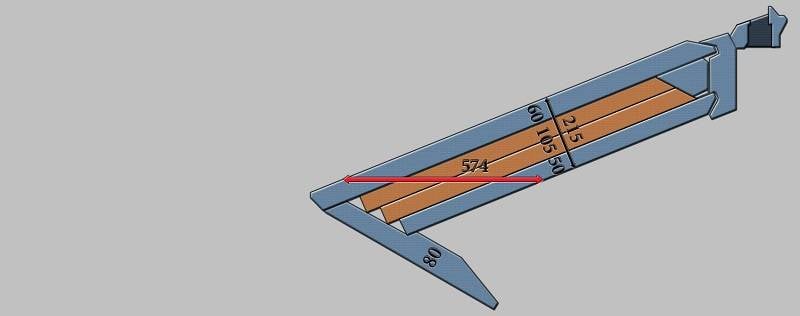
The cumulative jet is far from a body that is far from uniform in velocity: if its head part (leader) moves at a speed of up to 9 km/s or more, then the tail elements usually do not even reach 3 km/s. As a result, the jet is prone to rupture due to the difference in speeds, and this vulnerability is widely exploited when installing protective screens on military equipment, undermining shells at a considerable distance from the armor. Inside the fiberglass layer, approximately the same thing happens. Having broken through the outer steel sheet, the cumulative jet enters a less dense textolite array and, without encountering strong resistance, moves forward, breaking into fragments.
It should also be noted that the cumulative jet moves in space not in a single even line, but in waves. When penetrating armor, it hits the edges of the hole and literally "smeared" on them, which negatively affects its integrity and penetration. It works both in steel armor and in textolite, but textolite is lighter. And if there is no difference, then, as they say, why pay more?
Another useful property of textolite can be called its fragility. In the case of anti-cumulative protection, it to some extent repeats ceramics and sand, filling up the channel of the hole along with the jet with its small and large fragments, cutting it into pieces.

In practice, all these circumstances give the following. From HEAT shells, the resistance of the forehead of the T-72M hull, again, according to the Research Institute of Steel, is approximately 450 mm. And what about sub-caliber shells?
It just so happened that at the time of the introduction of the T-72 textolite “pie” into production, the vast majority of used sub-caliber shells contained a small hard alloy core, for example, based on tungsten carbide. The armor worked quite well against them.
Since the upper frontal part of the tank has a slope of 68 degrees, the brittle hard core, penetrating into the outer steel sheet, received initial damage and underwent denormalization - the reaction of the steel mass, which consists in changing the trajectory of the projectile towards parallel with the armor plate. Roughly speaking, inside the armor, the nose of the core "pulls up" up. Having flown into a less dense textolite after steel, the core continues its curved path and collapses under the influence of enormous pressure.
Newer sub-caliber projectiles with large cores made of ductile heavy alloys based on uranium and tungsten react little to the bending actions of the armor and do not collapse in the textolite, although they may undergo some deformation.
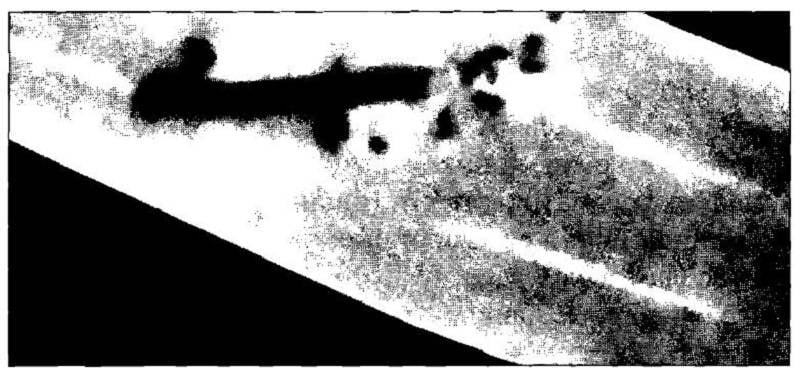
An interesting trick can also happen. Having broken through the first textolite sheet (and there are two of them), the core of the sub-caliber projectile can ricochet off the second one and stop flat inside the armor or even turn around. The phenomenon is infrequent, but it happens.
Since such armor does not work very effectively, resistance against sub-caliber shells near the forehead of the T-72M hull is approximately 335–340 mm.
For the T-72M1, the situation is slightly better. The fact is that in order to increase security against new sub-caliber and cumulative shells, the 105-mm NATO guns of most of these tanks were modernized by installing a 16-mm steel sheet on the upper frontal part of the hull. Thus, its protection indicators were set at the level of 400-405 mm from sub-caliber projectiles and 490 mm from cumulative ones.
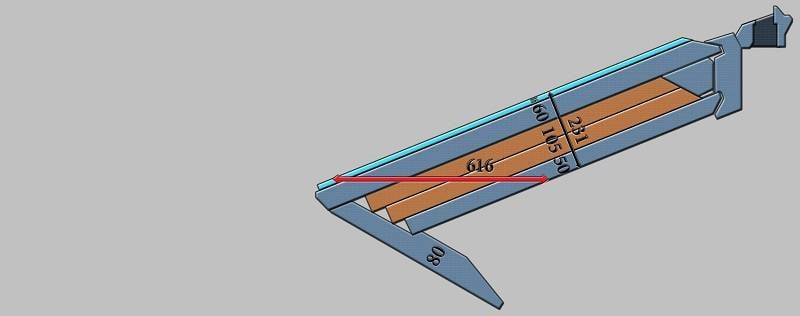
Conclusions
So, in fact, we can state the following figures for the protective ability of the armor. In the T-72M, the turret provides about 380 mm from sub-caliber and up to 410 mm from HEAT shells. At the same time, the forehead of the hull has protection of 450 mm from "cumulative" and 335-340 mm from sub-caliber shells.
With the T-72M1, the situation is slightly better. 490-500 mm from cumulative and 380 mm from sub-caliber shells on the turret. On the forehead of the hull: 490 mm from HEAT and 400-405 mm from sub-caliber projectiles.
What does this mean in terms of SVO? That both variations of the "M-ki" can be pierced by sub-caliber shells and guided missiles of tanks with a significant margin.
Also, their armor does not present great difficulties both for new RPGs and for most of the existing anti-tank missile systems, including infantry and airborne combat vehicles installed in combat vehicles, not to mention such “monsters” as the Kornet.
In general, we can say that in terms of protection, the T-72M / M1 have long since approached the line of complete obsolescence, although the installation of hinged dynamic protection allows them to be reanimated in some way, but due to the presence of a wide range of tandem cumulative means, this is in many cases will not help the elderly.
Information